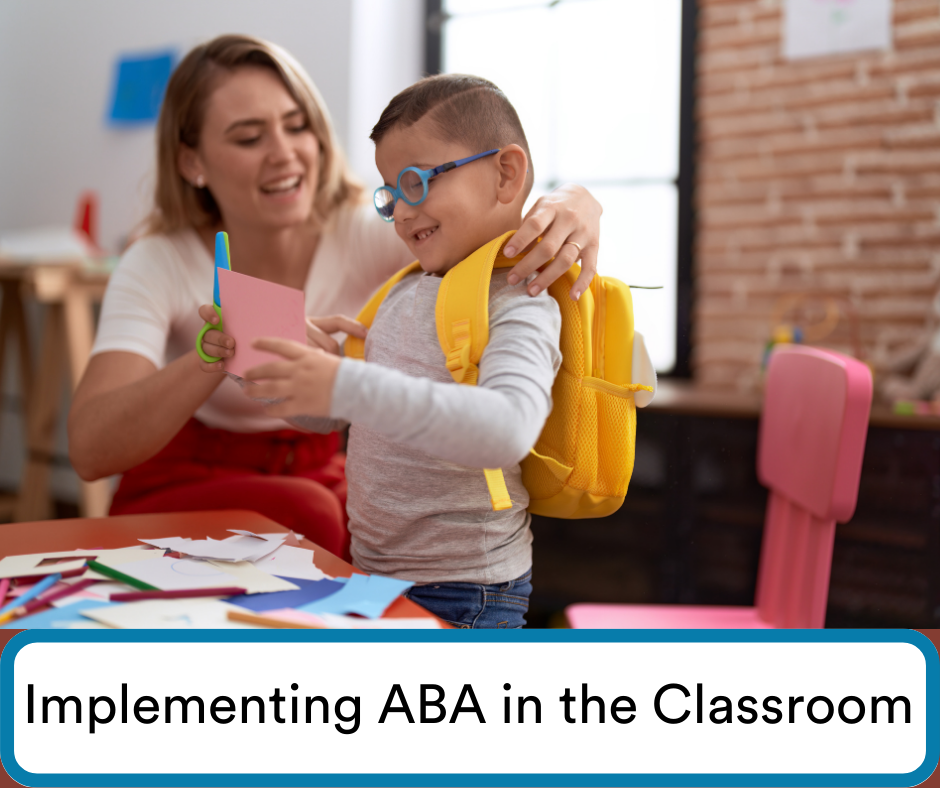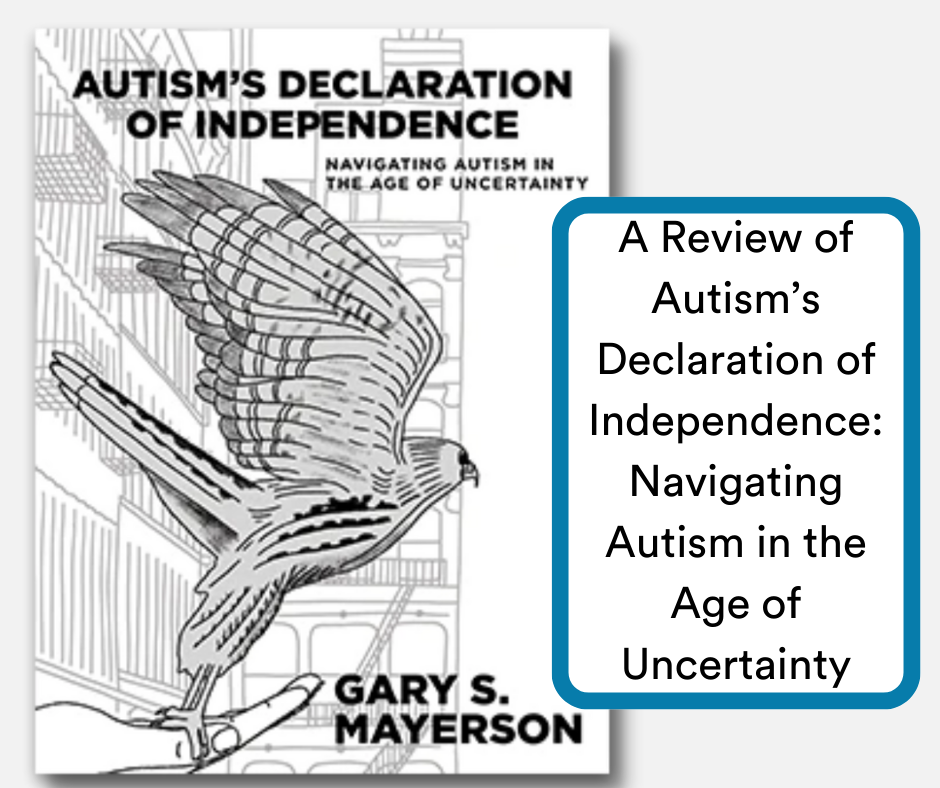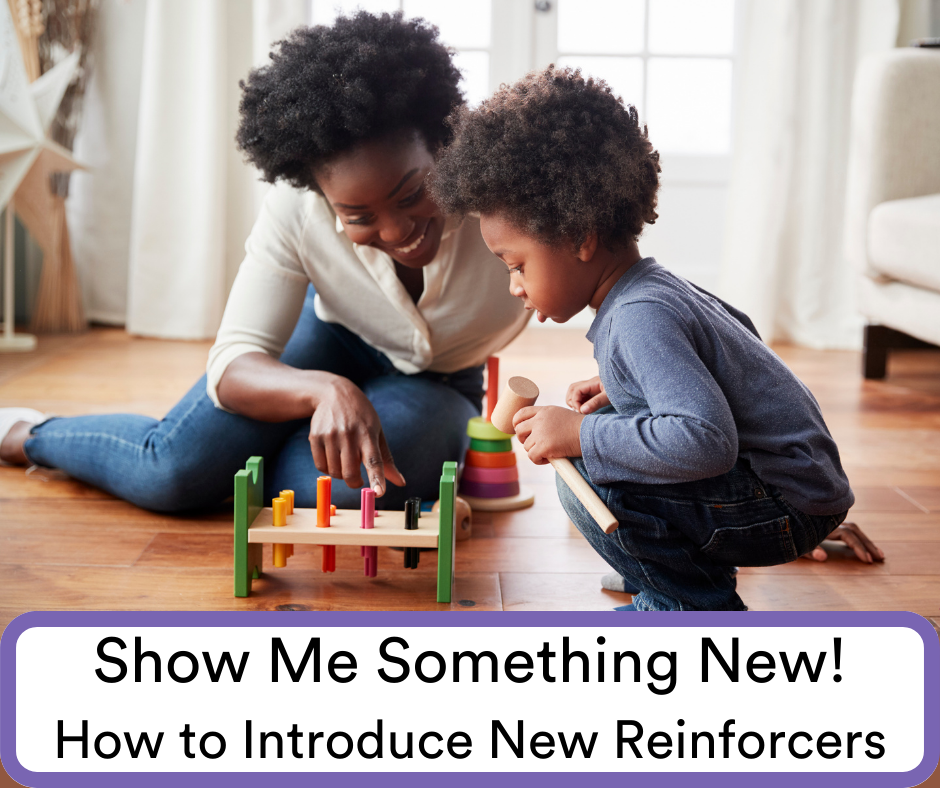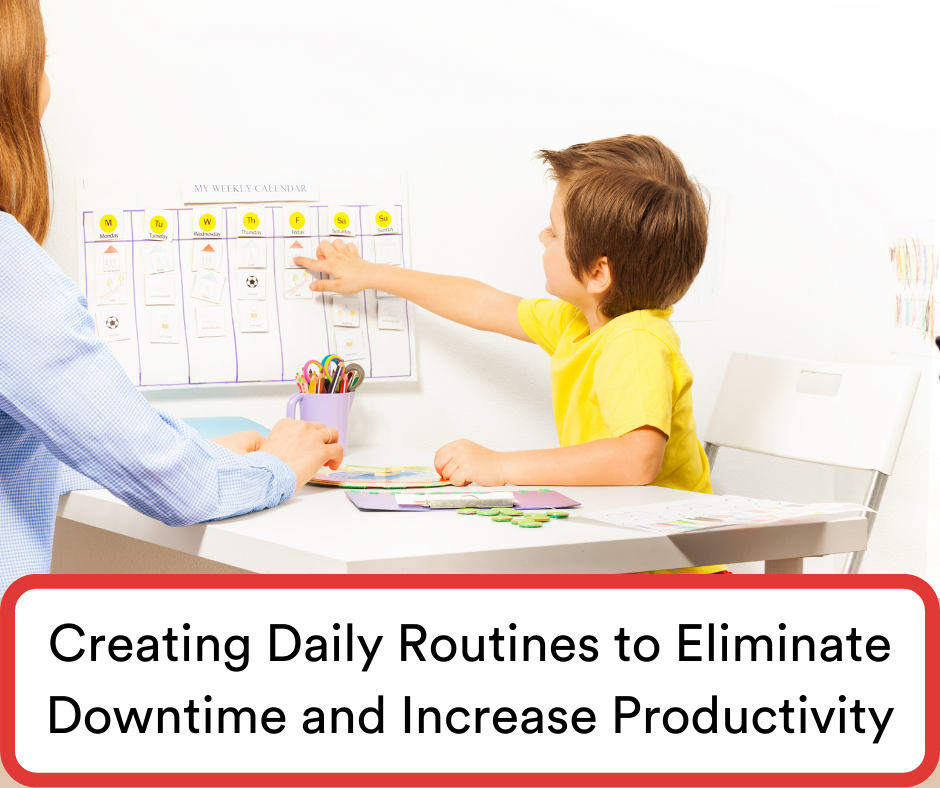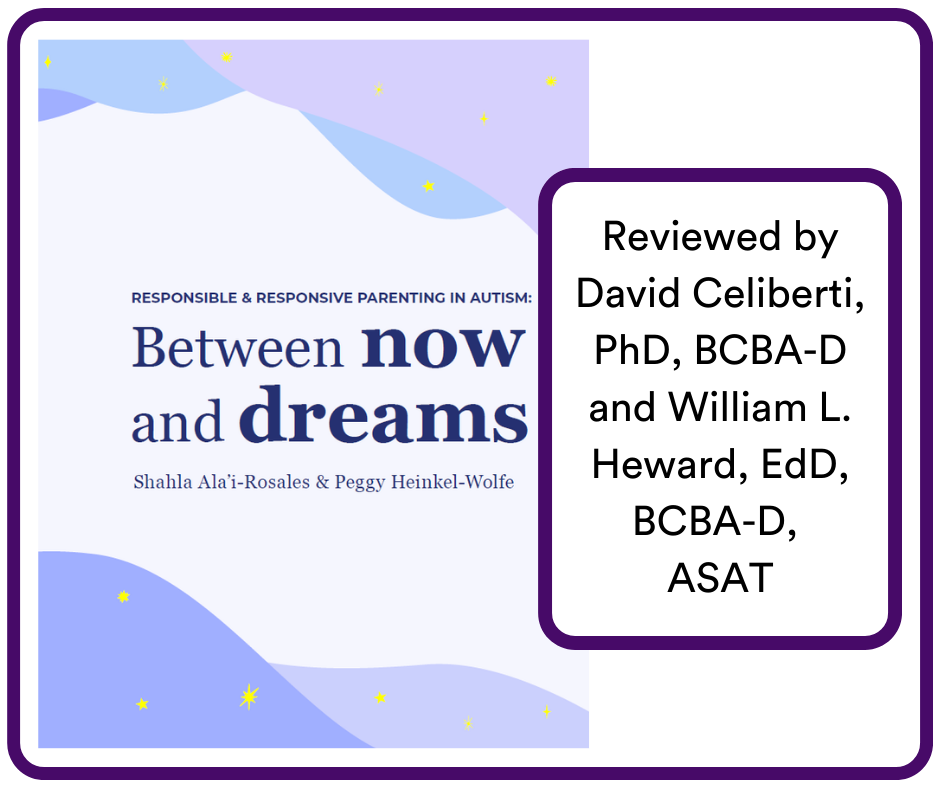
Association for Science in Autism Treatment
This month’s ASAT feature comes to us from Executive Director David Celiberti, PhD, BCBA-D, Association for Science in Autism Treatment and William L. Heward, EdD, BCBA-D, Professor Emeritus, the College of Education and Human Ecology at Ohio State University. To learn more about ASAT, please visit their website at www.asatonline.org. You can also sign up for ASAT’s free newsletter, Science in Autism Treatment, and like them on Facebook!
Parents of children with autism face many challenges beyond those directly associated with raising a child who may have a myriad of needs. They face a dizzying array of treatment options with interventions lacking any scientific basis, which are cleverly marketed and often eclipse those interventions enjoying scientific support. Access to qualified, compassionate providers may be difficult or delayed, particularly for children in rural communities, children of color, individuals who age out of the educational system, and families outside of the United States. Misconceptions and misinformation about autism and ways to help people with autism abound and those messages often distract and derail many parents from obtaining accurate information, support, and intervention. Parents who seek help for their children are often harshly criticized and labeled by some bloggers as lacking love or acceptance. Taken together, these realities can weigh heavily on parents who are just trying to help their children with autism develop independence and purpose, pursue their dreams, and live their best lives.
Fortunately, a new book provides a break from the vitriol, snake oil, and antagonism. Between Now and Dreams thoughtfully and artfully explains the complementary concepts of responsible and responsive parenting of children with autism. It provides a space for parents to reflect, to engage, and to look ahead.
Prior to offering details about this book, the first reviewer would like to share some background. I first met Shahla Ala’i-Rosales and Peggy Heinkel-Wolfe thirty years ago at the University of North Texas (UNT) when I was a newly hired Assistant Professor in the Department of Psychology. Shahla was a behavior analyst, researcher, and practitioner in early autism intervention; Peggy, the mother of a son with autism, held an administrative job at the University. With a few other UNT colleagues, we formed a small working group to support each other in our individual efforts as well as to develop a community in which future collective efforts could take root. My time at UNT was brief, but I am so pleased (and a tad jealous) to know that Shahla and Peggy continued to collaborate and form a long-term friendship and professional alliance. Their book, Responsible and Responsive Parenting in Autism: Between Now and Dreams is a timely, and much needed gift to the autism community. Ala’i-Rosales and Heinkel-Wolfe share a series of interrelated events – challenges, plans, setbacks, and victories, large and small – in the lives of real children and their families (including their own). These stories demonstrate the importance of recognizing and celebrating children’s capabilities while encouraging and nurturing their self-actualization, individuality, and independence.
The authors put forth that raising a child with autism with an abundance of joy, purpose, and serenity relies on three interconnected powers: learning, connecting, and loving. Although the authors state that these powers are interconnected and that they influence and strengthen each other, Ala’i-Rosales and Heinkel-Wolfe have used them to organize their book into three unique parts. Each part is composed of several chapters; each chapter opens with a thoughtful quote that sets the stage for the lessons and wisdom that follows.
Part One: The Power of Learning
Between Now and Dreams opens with a section devoted to principles of learning and how those principles can guide parents’ efforts to help develop their child’s fullest potential. The authors stress the need for creating and implementing carefully planned, intensive, positive applied behavior analysis (ABA) interventions in the home to keep children learning and moving forward in their lives. The abundance of examples discussed throughout this section showcase the vast applications of the science of behavior. Parents who are new to the autism journey will gain comfort in learning about principles that can be readily incorporated into their daily lives and appreciate a shift away from resolving problems to one of promoting empowerment and skill building, both for themselves, as well as for their children.
This section also chronicles the journey of ABA from its early applications to autism treatment, and to what the discipline has become today. The authors provide a sensitive and honest discussion of the bumps along the way.
Part Two: The Power of Connecting
This section of Between Now and Dreams will be invaluable for caregivers who may struggle with feelings of isolation, associated with both raising a child with many needs and experiencing the loss or shift in other relationships and career pursuits that may have followed their child’s diagnosis. Ala’i-Rosales and Heinkel-Wolfe beautifully capture the pursuit of supportive relationships, including with those who offer expertise and experience, as well as with other parents on very similar journeys. How one seeks and nurtures these relationships, as well as opting out when needed, is described with the same compassion and generosity reflected throughout the book.
Part Three: The Power of Loving
The third section of Between Now and Dreams ties together the two prior sections. On its surface, a reader may assume that the section might focus myopically on positive emotions. Instead, the authors are realistic and don’t sugarcoat the challenges parents of children with autism face. Loss, fear, and disappointment are discussed openly in the context of numerous experiences, observations, and epiphanies. We left this section feeling grateful to the authors for being so incredibly transparent and vulnerable, yet insightful and encouraging in guiding us to be more active and loving parents.
Responsible and Responsive Parenting in Autism: Between Now and Dreams is an important, eloquently written, and engaging book for parents of children with autism of any age and who fall anywhere on the spectrum. It does not provide a cookie cutter approach, but rather a compassionately delivered collection of useful and practical suggestions that parents can select and tailor to their own home and goals.
Aside from behavior analysts, this book is also a must-read for teachers, therapists, medical providers, and others who work with children with autism. The content is accessible to those who are new to ABA and autism intervention, yet impactful for professionals with extensive training and experience.
Citation for this article:
Celiberti, D., & Heward, W. L. (2023). Book Review: Between Now and Dreams. Science in Autism Treatment, 20(3).
About the Authors
David Celiberti, PhD, BCBA-D, is the Executive Director of ASAT and Past-President, a role he served from 2006 to 2012. He is the Editor of ASAT’s monthly publication, Science in Autism Treatment. He received his PhD in clinical psychology from Rutgers University in 1993 and his certification in behavior analysis in 2000. Dr. Celiberti has served on a number of advisory boards and special interest groups in the field of autism, applied behavior analysis (ABA), and early childhood education. He works in private practice and provides consultation to public and private schools and agencies in underserved areas. He has authored several articles in professional journals and presents frequently at regional, national, and international conferences. In prior positions, Dr. Celiberti taught courses related to ABA at both undergraduate and graduate levels, supervised individuals pursuing BCBA certifications, and conducted research in the areas of ABA, family intervention, and autism.
William L. Heward, Ed.D., BCBA-D, is Professor Emeritus in the College of Education and Human Ecology at Ohio State University. He has taught at universities in Brazil, Japan, Portugal, and Singapore and lectured and given workshops in 23 other countries. A Past President and Fellow of the Association for Behavior Analysis International, Bill’s publications include co-authoring the books, Let’s Make a Contract: A Positive Way to Change Your Child’s Behavior (2022), Applied Behavior Analysis (3rd ed., 2020), and Exceptional Children: An Introduction to Special Education (12th ed., 2022). Awards recognizing Dr. Heward’s contributions to education and behavior analysis include the Fred S. Keller Behavioral Education Award from the American Psychological Association’s Division 25, the Ellen P. Reese Award for Communication of Behavioral Concepts from the Cambridge Center for Behavioral Studies, and the Distinguished Psychology Department Alumnus Award from Western Michigan University.


